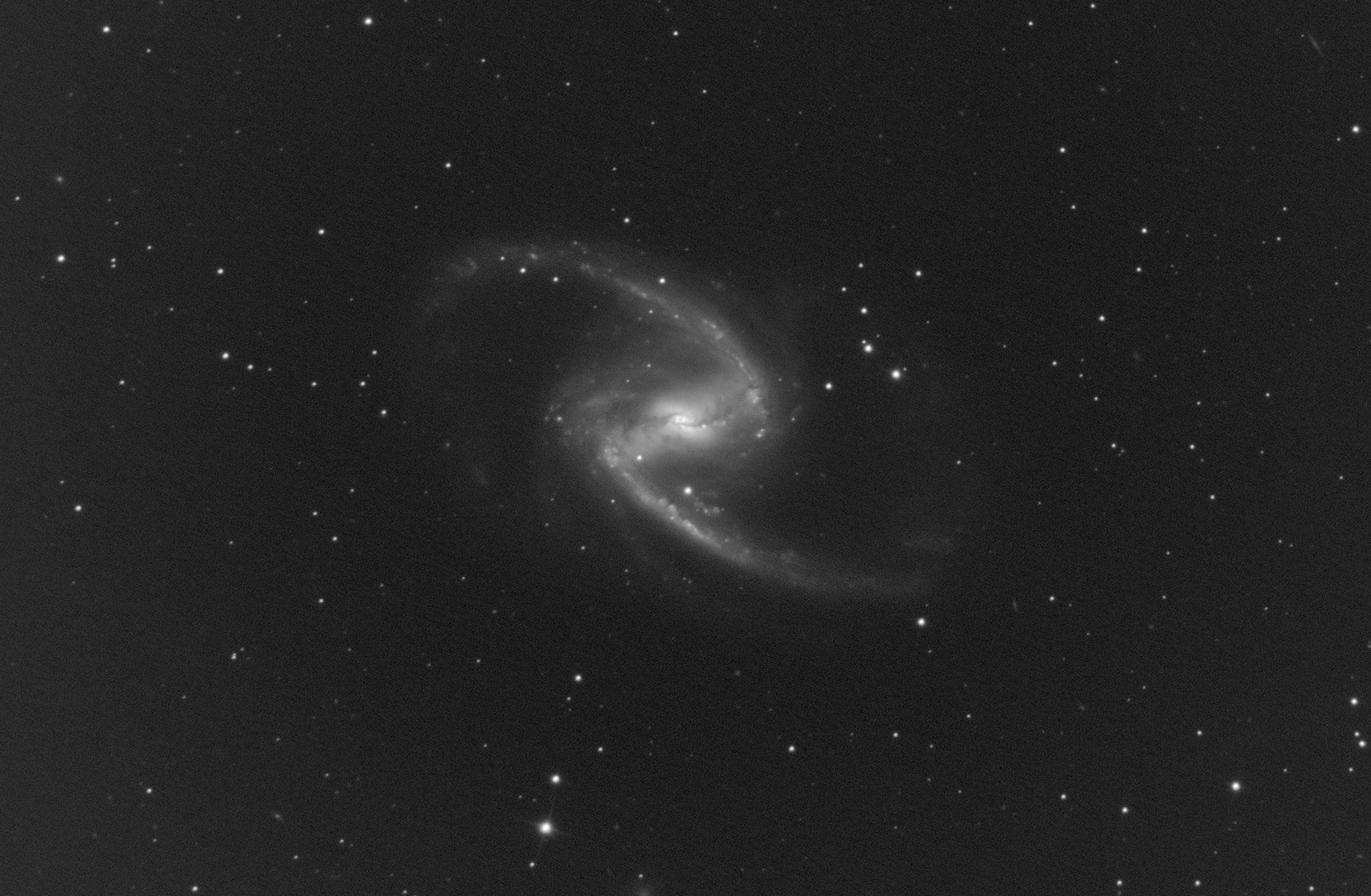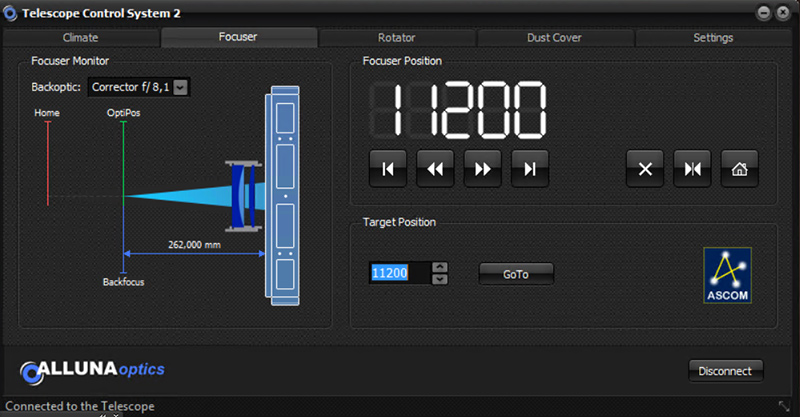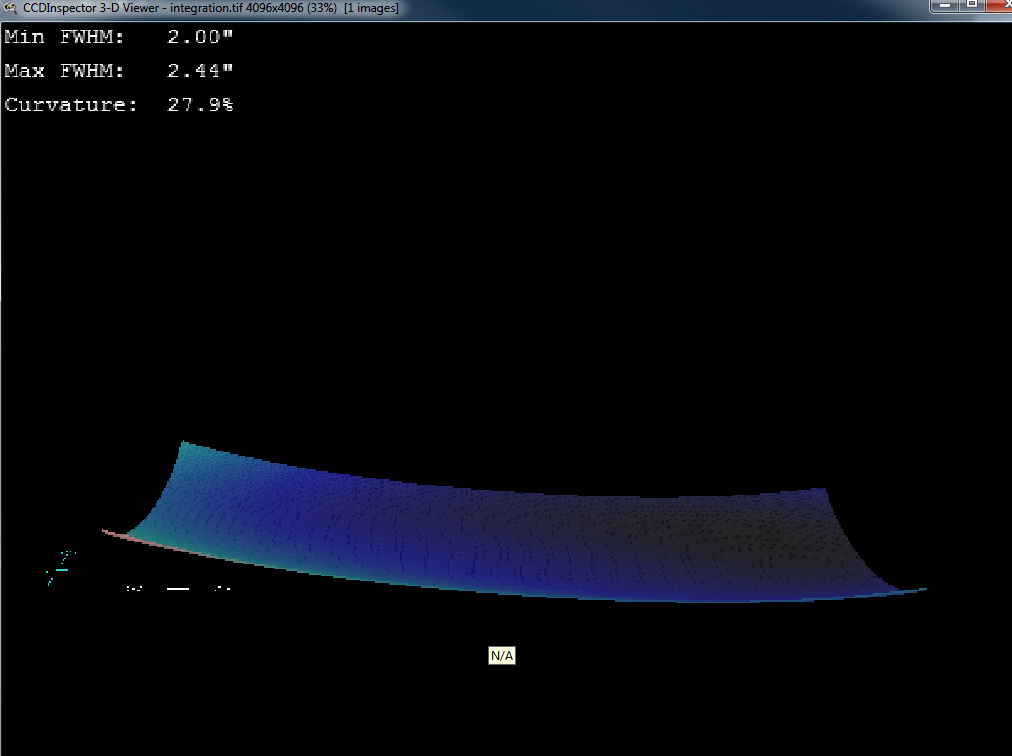
Alluna NGC1365

New telescopes rarely perform perfectly straight out of the box.
Optical elements are typically mis-aligned from transportation handling.
Small machining differences between third party CCD cameras & accessories
particularly if a large sensor is used, will require squaring on to the focal plane of the telescope.
The above is the "first light" deep-sky image from a new Alluna RC16
Focus can be controlled by the optional touch screen hand paddle, or via the TCS software which gives the
optimum position of the focal plane based on the accessories used (e.g. none, field corrector or focal reducer )

While a slight elongation can be seen in the stellar footprints, which is quantified in the CCDinspector image below:

Small alignment adjustments will easily correct this
Optics are otherwise showing excellent level of correction, with no tell-tale spherical error, astigmatism, coma, roughness etc. which all contribute to
scattering of starlight which will degrade the image (typically seen as bloated stars)
No pixels were de-convolved, distorted or painted over harmed during post-processing :)
Image Data: Alluna RC16 @ F8.0, Alluna AFFC, SBIG STX16803, 30 minutes (3x 10 minute subs) Luminance only.
Alluna Optics RC16 Ritchey Chretien
Paramount PME by Software Bisque
Losmandy accessories and mountings
Sirius domes and Observatories
SBIG CCD's and accessories

Copyright Peter J Ward 2015.